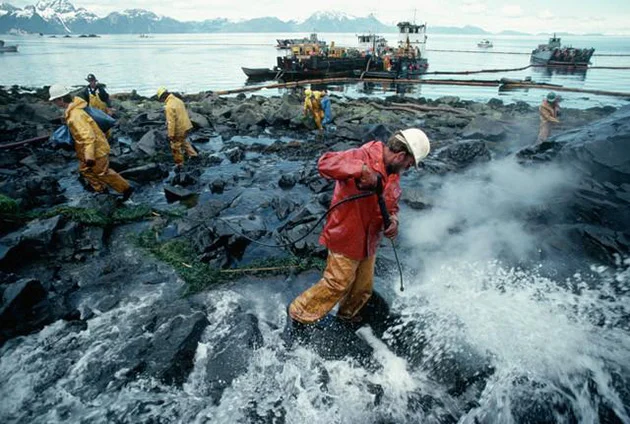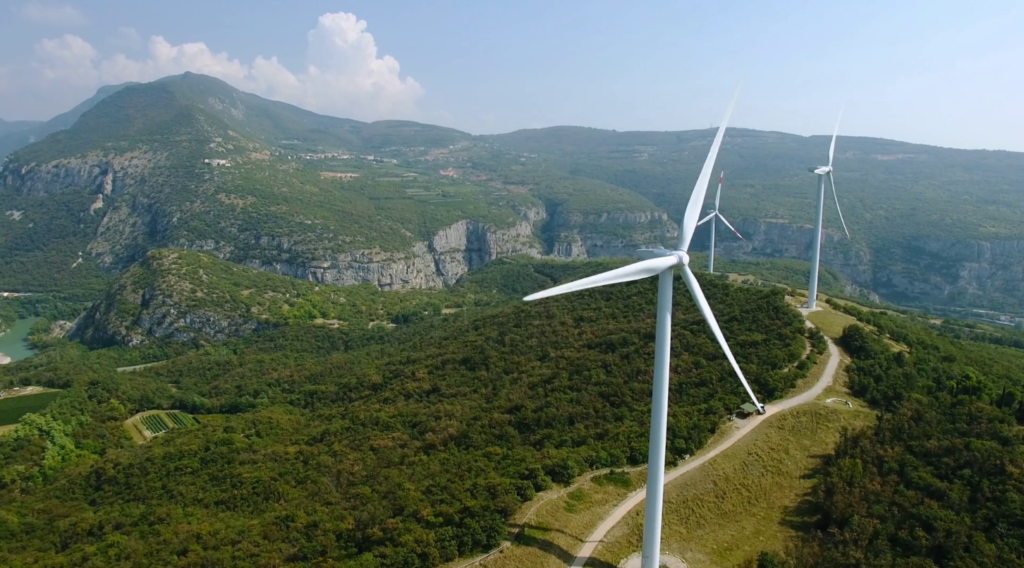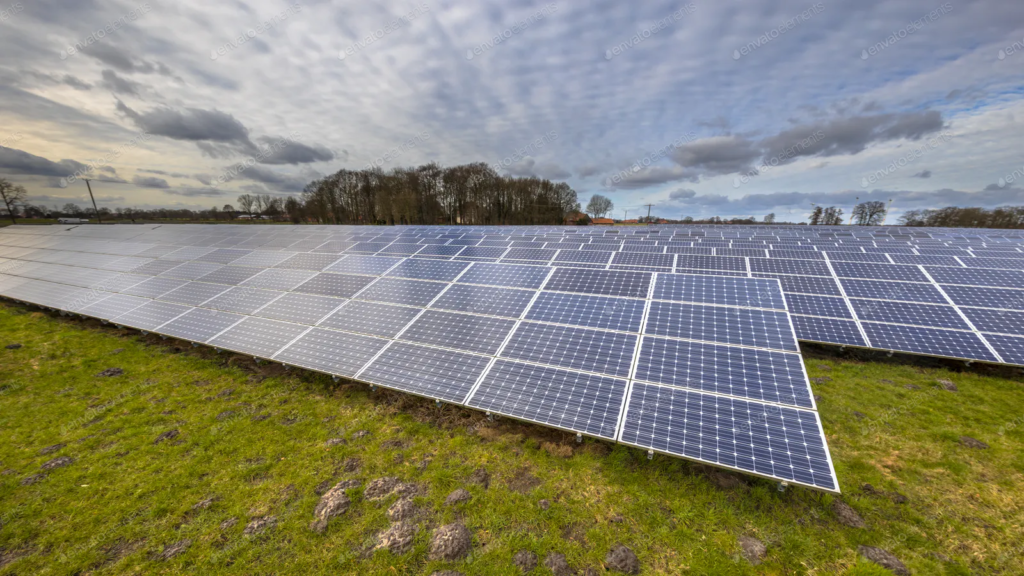A Better World With Clean Energy
The word energy is derived from Greek enérgeia, a word that was developed by Aristotle (384BC-322BC) to mean the capacity to do work. Thomas Young first introduced the word “Energy” to the world of physics in 1800 but it was apparently not popularized. Finally, in 1905, Albert Einstein established the general equivalence of energy and mass with his theory of relativity paving the way for scientific use of the word “energy” today. For more on this history see here.
While the meaning of energy can be ambiguous, its impact is not. Humankind has lived a better life since our advancement in our use of energy. Some of the greatest shifts in human history happened thanks to the discovery of electricity, one form of energy. In the conceptual West, key figures such as Ben Franklin, Michael Faraday, and Thomas Edison made important contributions to our understanding and harnessing of electricity. Electricity in turn has powered innumerable inventions that have undoubtedly enabled new ways of living—computers, elevators, and maglev trains have respectively enhanced our computational intelligence, made possible taller and compact buildings, and made travel faster and more efficient.
While there is much
consensus on the utility of energy, there isn’t nearly as much on how best to
generate the energy. Energy comes in different forms. Often the form that the
energy is in is not the form we want to use. This requires a process of energy
conversion—informally called energy generation. (Energy cannot be created or destroyed,
so the idea of energy generation simply implies making the energy available in
the form we want, which is in this case is as electrical energy). For example,
the energy of the battery of a phone is in the form of chemical energy and we
have to convert it to electrical energy in order for it to be used to power the
phone electronics. Unfortunately converting energy from one form (the source)
to another results in energy losses and waste products.
Energy sources can be classified into renewable and non-renewable sources. Most
of the non-renewable energy sources have disproportionately negative impact on
the environment (They are called non-renewable because they cannot be
replenished, at least not as fast as we’d like). It is estimated that major
sources of energy are petroleum and natural gas, a thing of concern since these
energy sources produce undesirable waste products. Renewable energy sources on
the other hand produce much less waste—though not zero waste—than non-renewables.
Non-renewable sources have powered much of the electricity revolution.
But why are non-renewables no longer desirable? Let’s discuss a few representative non-renewable energy sources. Coal and oil are two common energy sources. The burning of coal produces carbon dioxide (and other greenhouse gases), which contributes to global warming, a phenomenon of rising temperatures. Coal produces the highest amount of greenhouse gases per unit of energy produced. Oil and natural gas are cleaner than coal, but they too are very hazardous to the environment. Producing the oil creates air pollution; the toxins which are released in the atmosphere are dangerous for humans and ecosystem. The burning of oil and natural gas, like the burning of coal, also releases carbon dioxide. And the other disadvantage of oil is that the spills of oil can affect the surrounding environment. One of such incidents of oil spill is Exxon Valdez oil spill which occurred in Alaska in Mach 24, 1989, when an oil tanker owned by Exxon Shipping Company struck prince William Sound’s Bligh Reef and spilled 37,000 metric tonnes of crude oil. This incident did a lot of damage to the environment, including destroying some of the species that lived there.


In general, most
of the non-renewable sources of energy are very harmful to the environment. It
is estimated that 7 million people die due to pollution each year. The
continued use of non-renewable resources has effects on our health and our
wellbeing.
But what are the alternatives? The alternative to these hazardous sources is clean
energy sources, which includes renewable energy sources. The global community
is now working towards replacing some of these non-renewable sources of energy
with clean energy. The European Union was an early mover on clean energy. In
2009 they had ambitious energy and climate targets for 2020 (20% greenhouse gas
emission reduction, 20% in renewable energy and 20% energy efficiency). Ten
years later EU is still on track to achieve these ambitions.
But is this a reasonable, sustainable trajectory? The reasons for the continued
incumbency of non-renewable energy sources are many and complex but include: they
have traditionally been cheaper, they are readily available or can be cheaply
made, and they have already been deployed making it harder to take them down
just to install a newer system that does the same thing (i.e. produce
electricity). However, in many instances these sources may have been cheaper due
to government subsidies. The cost of producing electricity using non-renewable
sources can be just as much as that of producing from renewables. This of
course may depend on location—some places with a lot of water would naturally
find it cheaper to produce electricity using that water than having to import
natural gas. Solar and wind energy, where available, can be a sustainable
source of energy both from an economic and environment point of view.


KCHKNA is looking at producing energy from waste, a form of energy production that is still under-utilized. Every human settlement, and much more now than in times past, produces waste. Waste material is also an energy source, albeit less dense than for example coal. But waste is made available just by virtue (almost) of human beings being alive. This provides an endless source of energy that is available day and night, anywhere! From gasification to fermentation, KCHKNA aims to turn the energy stored in waste into other useful forms, without degrading the environment or human health. That to us is what renewable energy looks like; we fit right into an existing cycle without generating an extra bit of waste!
There is still a great need for electricity around the world. As of 2020, one in seven people still lack access to electricity and most of these people live in the developing world. These people perhaps do not care as much about clean energy as they do about energy, whatever the source. But clean energy need not be an afterthought, after unclean development. If we don’t pay the price now, we’ll pay the price in the future. Clean energy is good to the environment, and it saves the people from living in a harmful environment. So, whether one simply cares about Planet Earth for its own sake, or about the people living on it, generating energy from clean sources is the way to go. The most exciting bit is that as of 2020, most renewable energy sources are not as expensive as they were! And with more and more countries and organizations coming onboard we can expect economies of scale to kick in and make the question of economic feasibility a minor headache.